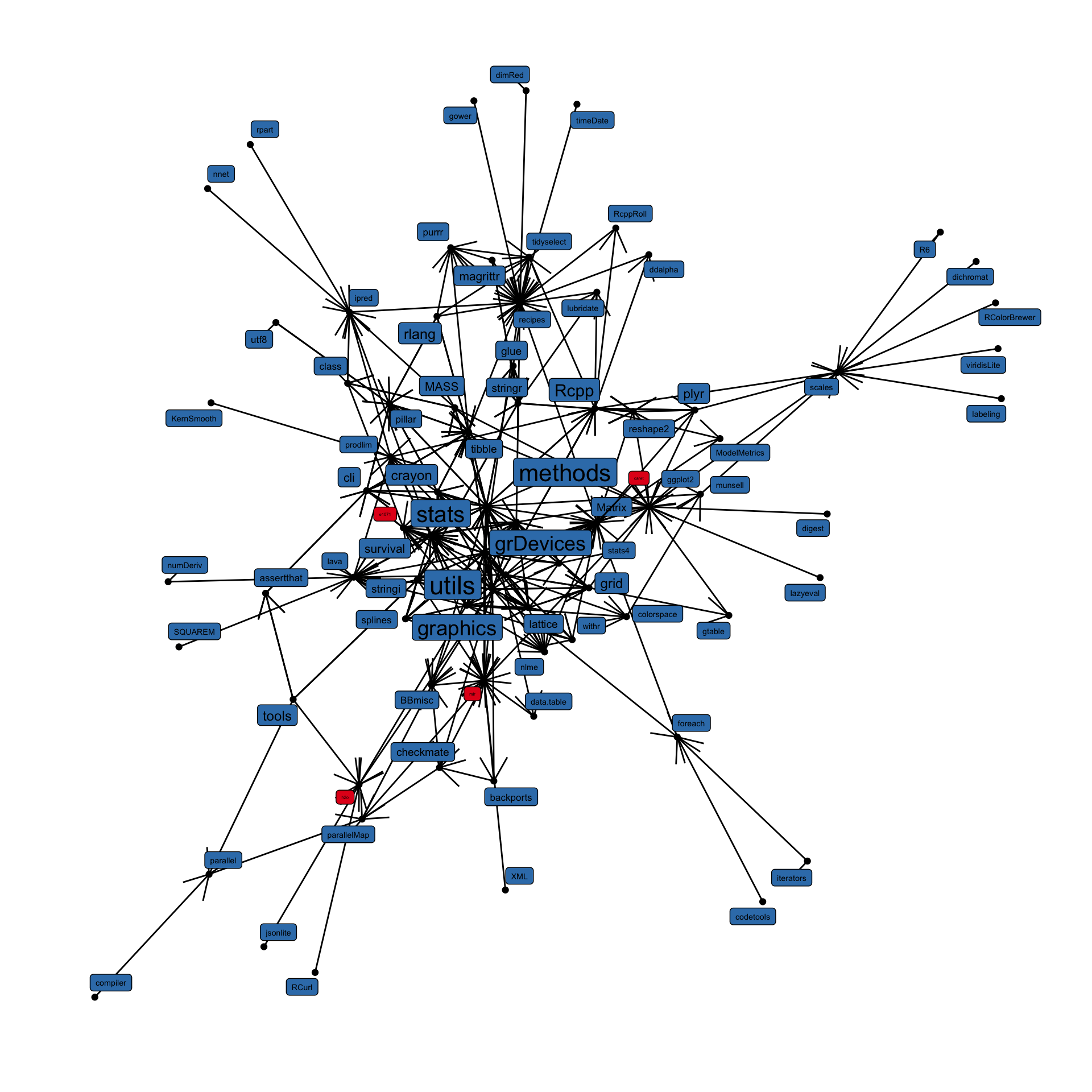Last week I published a blog post about how easy it is to train image classification models with Keras.
What I did not show in that post was how to use the model for making predictions. This, I will do here. But predictions alone are boring, so I’m adding explanations for the predictions using the lime package.
I have already written a few blog posts (here, here and here) about LIME and have given talks (here and here) about it, too.





